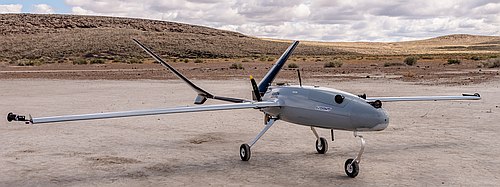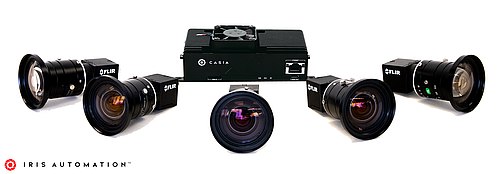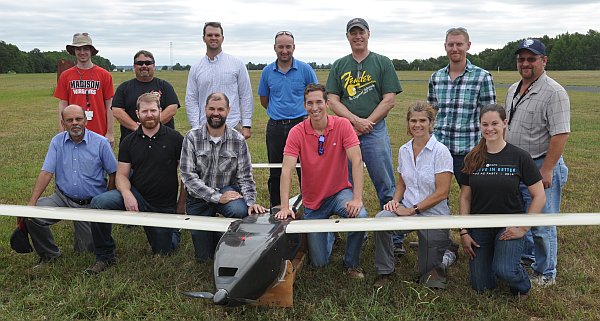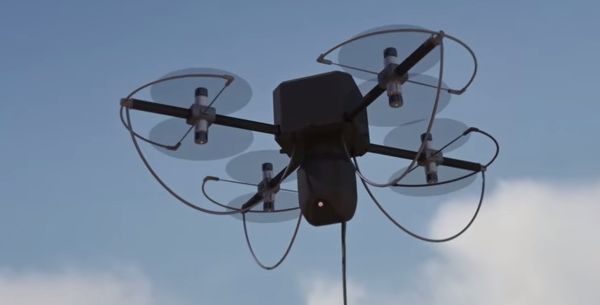Podcast: Play in new window | Download (Duration: 44:45 — 30.7MB)
Robust detect and avoid capability is essential for integrating BVLOS flight into the National Airspace System. We talk with the CEO of a company on the forefront of this technology.
Guest
Jon Damush is the CEO of Iris Automation, which provides onboard detect and avoid technology for Beyond Visual Line of Sight drone flight.
Iris is primarily a computer vision and machine learning software company that is focused on helping unpiloted systems detect other airplanes. The company’s Casea product is a platform-agnostic 360-degree radial computer vision detect and avoid system for UAS.
Casea hardware includes an array of cameras and a central compute unit. The software employs machine learning techniques to determine the distance to a target. The targets detected by the cameras are classified and their size indicates their distance.
Jon explains the importance of detect and avoid for unpiloted aircraft and how the Casea system operates. He also discusses regulator desire for detection method consistency, but he argues that the future might lie with a multi-modal system using optical, auditory, and radar detection.
The Regulatory Resource Center (RRC) captures Iris learnings and provides a place to start for those considering building a drone business, or those who have a drone business and want to go beyond visual line of sight.
Iris is participating in a Canadian Pathfinder program with partners Foremost UAS Test Range in Alberta and UAS Center of Excellence (CED) in Alma, Quebec. The program includes flight training, assistance gaining BVLOS approvals, a BVLOS safety system, engineering and regulatory support, and test center access. It is open to any organizations interested in operating BVLOS services inside Canada. See: Iris Automation Launches Canada Pathfinder Program to Advance Commercial Drone Operations Readiness, Approvals.
Jon also explains how the World Economic Forum is working to promote the value drones can provide. See: WEF Aerospace and Drones.
Jon has over 30 years of aviation technology experience and executive leadership. He led new business ventures at Boeing NeXT, he was Chief Growth Officer at Boeing subsidiary Insitu, and he was a Boeing executive liaison and board observer to SkyGrid, a joint venture between Boeing and SparkCognition. Jon was the CEO of 2d3 Sensing, a leading provider of computer vision-based image processing software for aerial surveillance. He is also an FAA-certified commercial pilot with multi-engine and instrument ratings and he’s a certified flight instructor.







